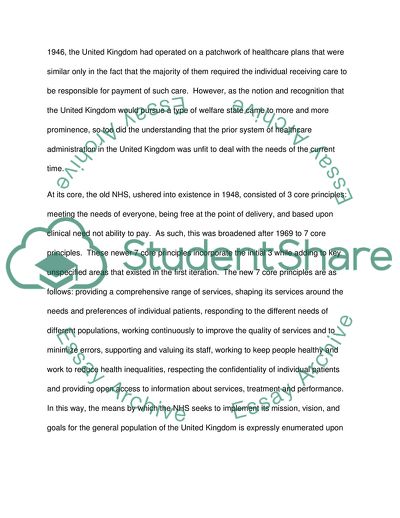Cite this document
(Analyse how the NHS meets the needs of clients and how the role of the Essay - 1, n.d.)
Analyse how the NHS meets the needs of clients and how the role of the Essay - 1. https://studentshare.org/health-sciences-medicine/1792292-analyse-how-the-nhs-meets-the-needs-of-clients-and-how-the-role-of-the-nurse-contributes-to-this
Analyse how the NHS meets the needs of clients and how the role of the Essay - 1. https://studentshare.org/health-sciences-medicine/1792292-analyse-how-the-nhs-meets-the-needs-of-clients-and-how-the-role-of-the-nurse-contributes-to-this
(Analyse How the NHS Meets the Needs of Clients and How the Role of the Essay - 1)
Analyse How the NHS Meets the Needs of Clients and How the Role of the Essay - 1. https://studentshare.org/health-sciences-medicine/1792292-analyse-how-the-nhs-meets-the-needs-of-clients-and-how-the-role-of-the-nurse-contributes-to-this.
Analyse How the NHS Meets the Needs of Clients and How the Role of the Essay - 1. https://studentshare.org/health-sciences-medicine/1792292-analyse-how-the-nhs-meets-the-needs-of-clients-and-how-the-role-of-the-nurse-contributes-to-this.
“Analyse How the NHS Meets the Needs of Clients and How the Role of the Essay - 1”. https://studentshare.org/health-sciences-medicine/1792292-analyse-how-the-nhs-meets-the-needs-of-clients-and-how-the-role-of-the-nurse-contributes-to-this.


